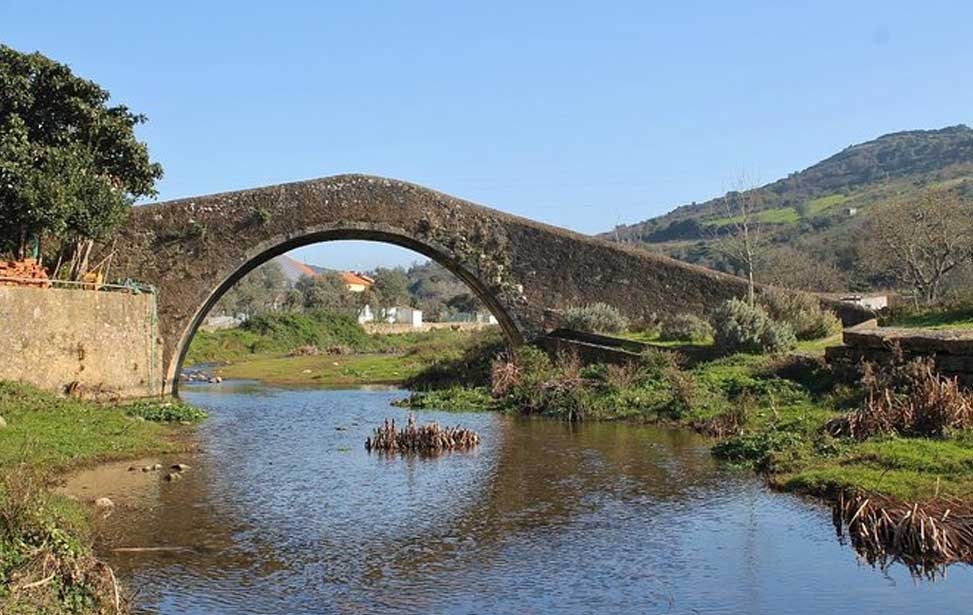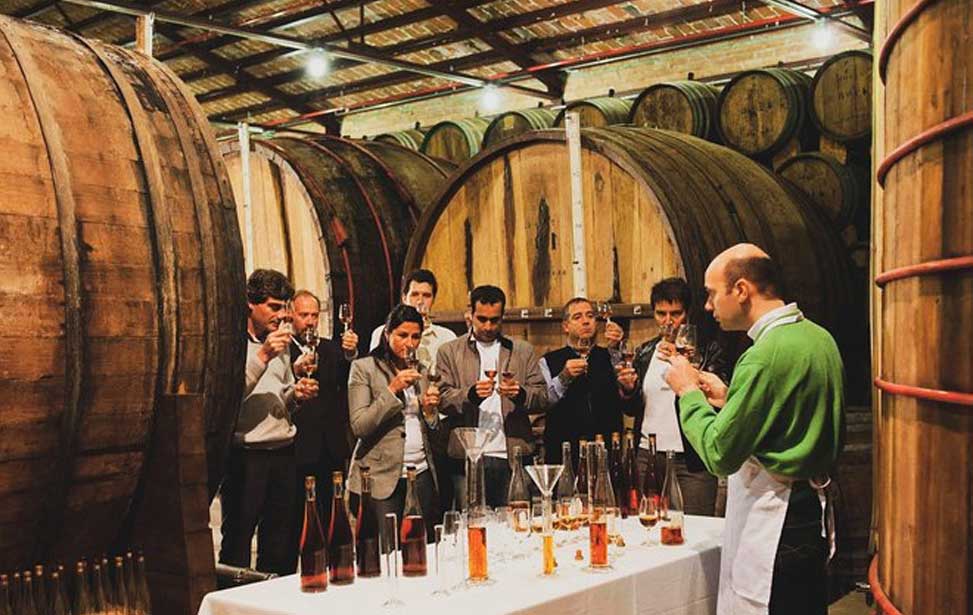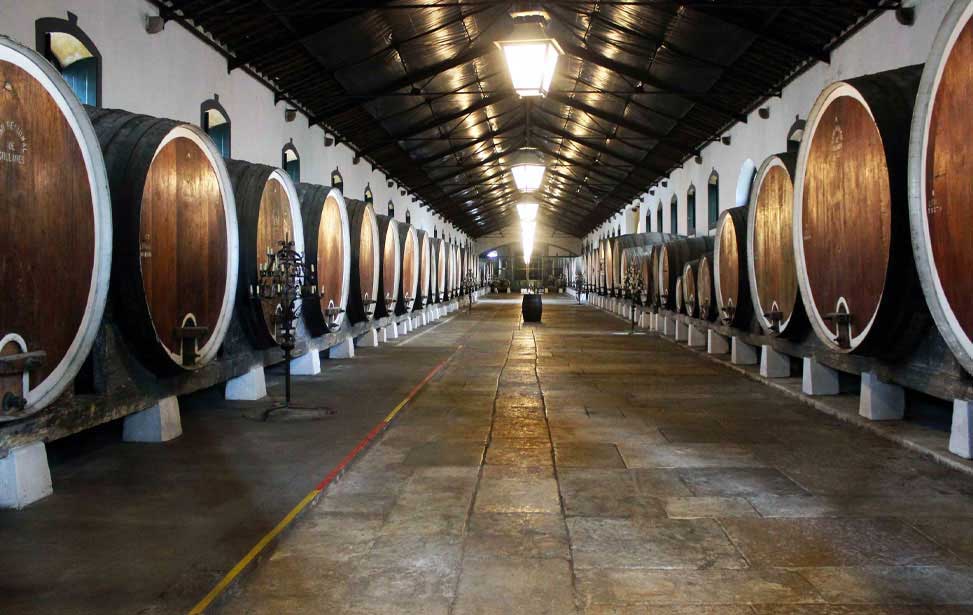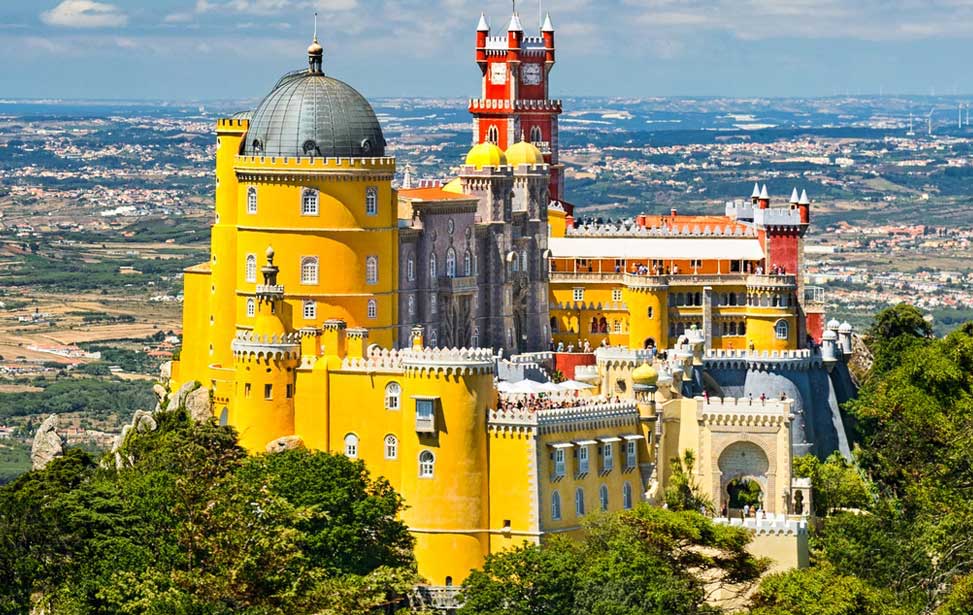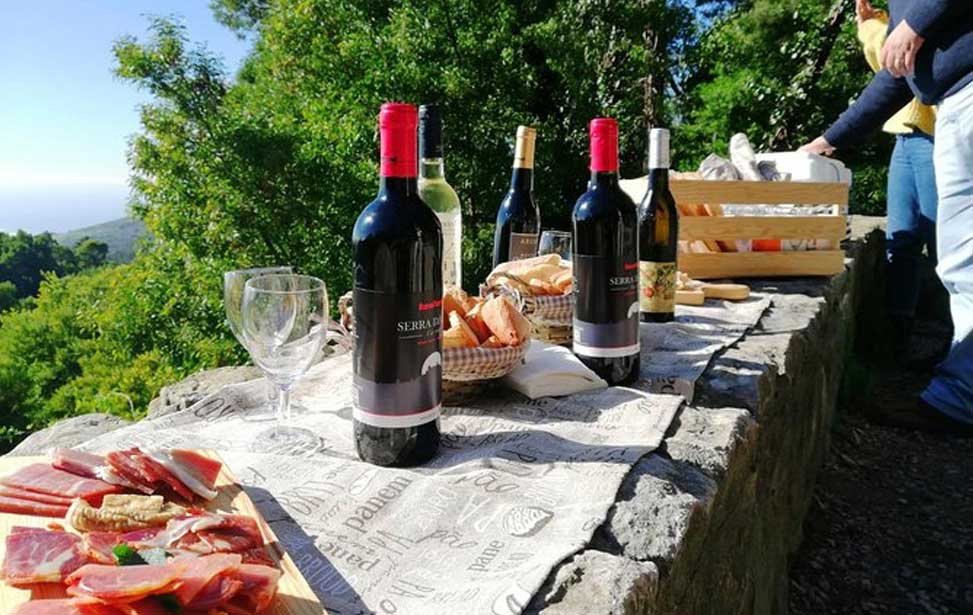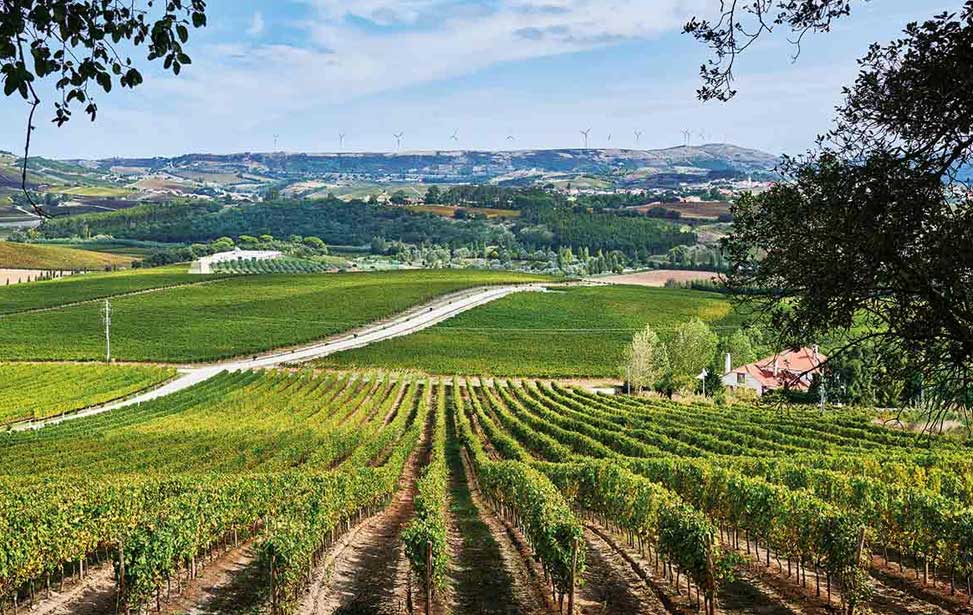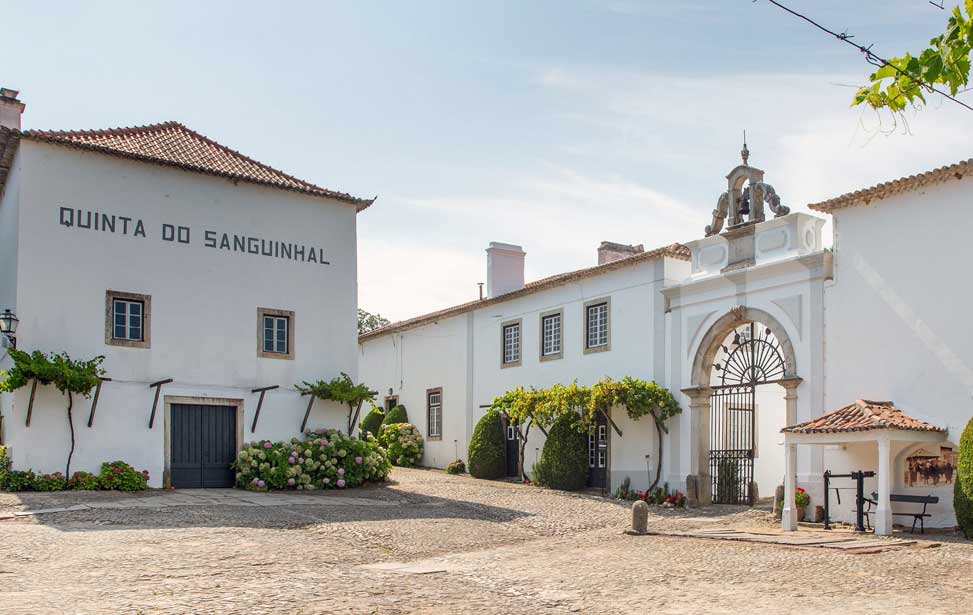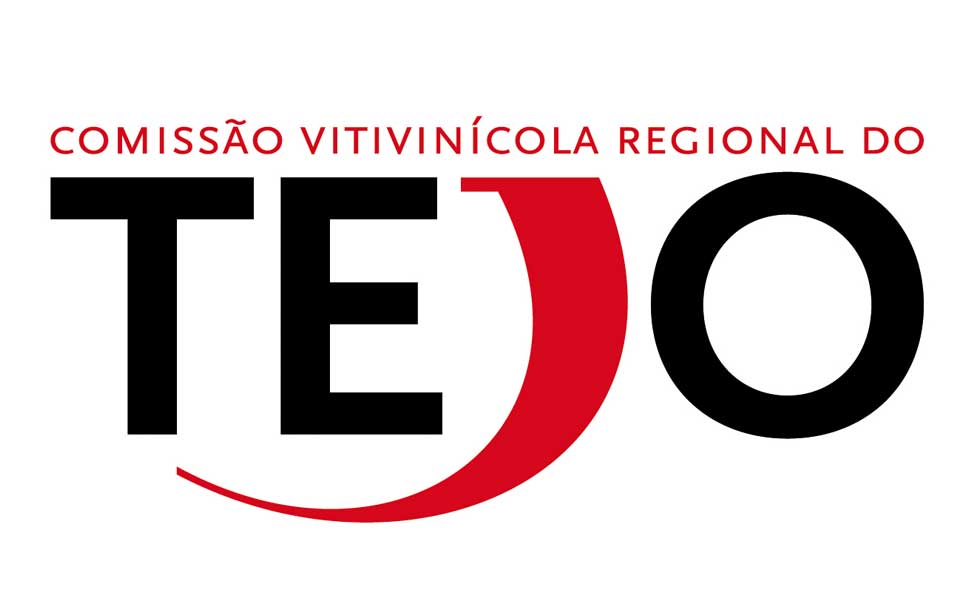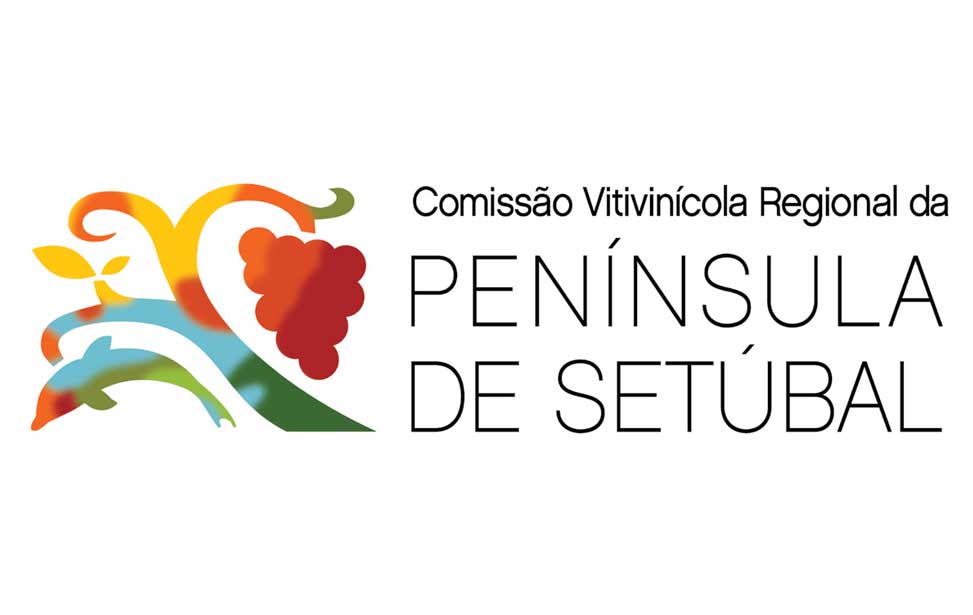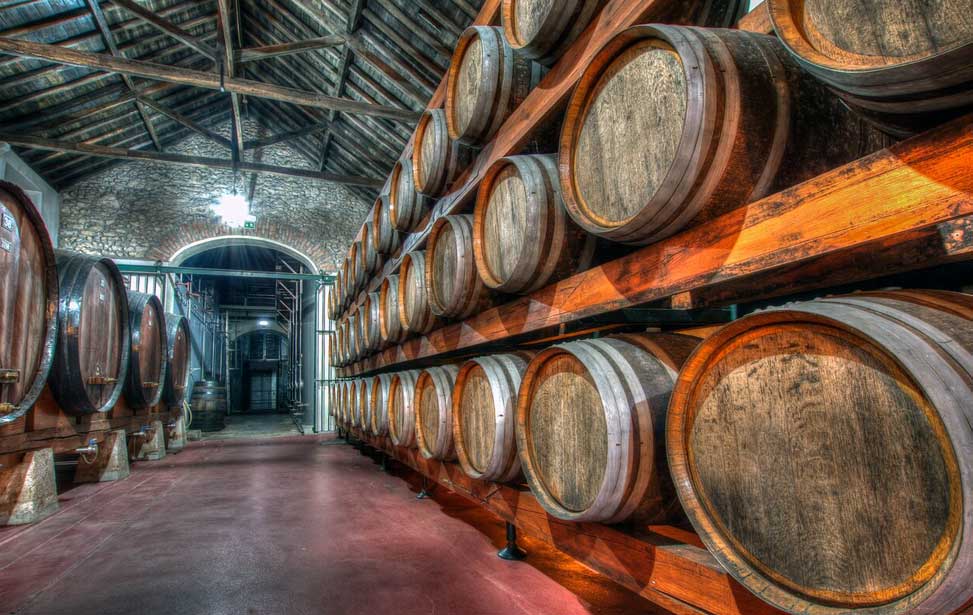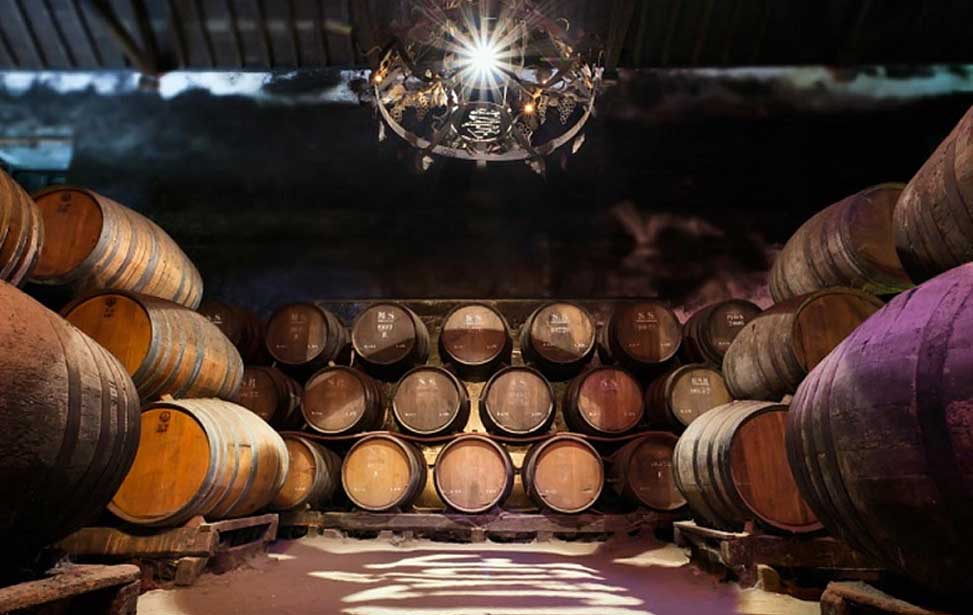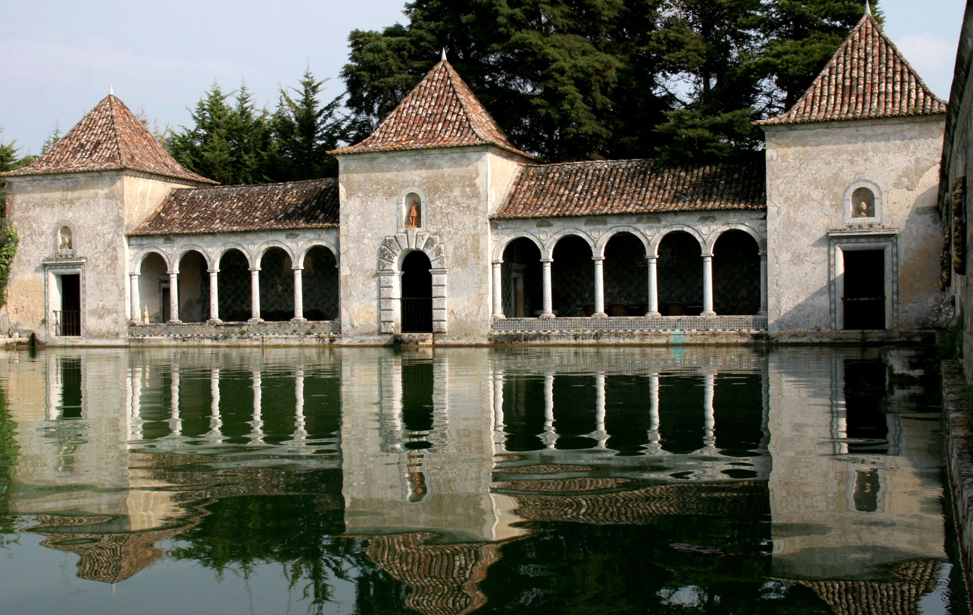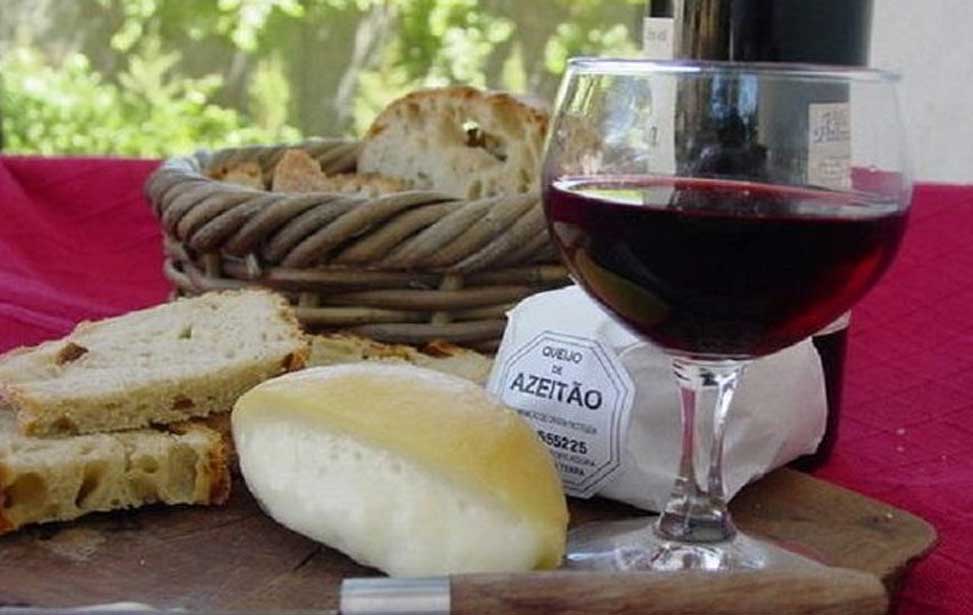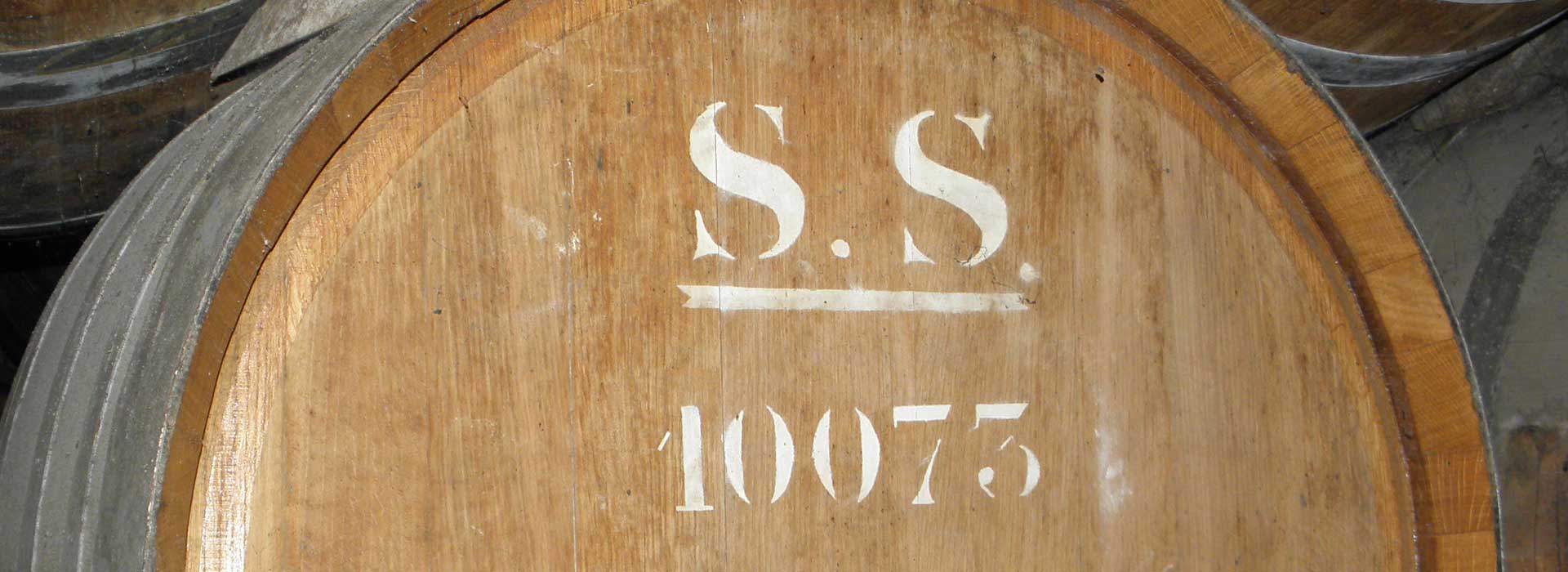
Lisbons Wines
Lisbon sits between three distinctive wine growing regions, which in turn are divided into sub-regions that reflect the unique terroir, culture and local characteristics. At first, such a baffling number of vinicultural variations may seem a little daunting. If you consider the wide range of indigenous grape varieties with strange Portuguese names, things can get even more complicated. Luckily www.madaboutlisbon.com are here to help you unravel the mystery and provide you with an insight into the wines that originate close to Lisbon.
Introduction

Portuguese wine regions are grouped into levels of classification, not necessarily an indicator of quality. Vinho Regional wines which do not adhere to the tight stringent rules to qualify as a DOC (Denominação de Origem Controlada) allow for experimentation and can result in taking Portuguese wine in new directions whereas the DOC system preserves traditions and the unique qualities of each region represented.
Lisboa Wine Region
The Wine
The Vinho Regional Lisboa incorporates nine DOC appellations making it the most confusing of all Portugal's wine regions. Close to Lisbon are the Bucelas, Colares, and Carcavelos designations, famous for their tradition and prestige. In the middle of the Lisboa wine region are Torres Vedras, Alenquer, Óbidos, Arruda, and Lourinhã. In these central areas, great brandies are produced. In the north of the region, the wines carry the Encostas d’Aire label with either the Alcobaça or Ourém sub-region designation.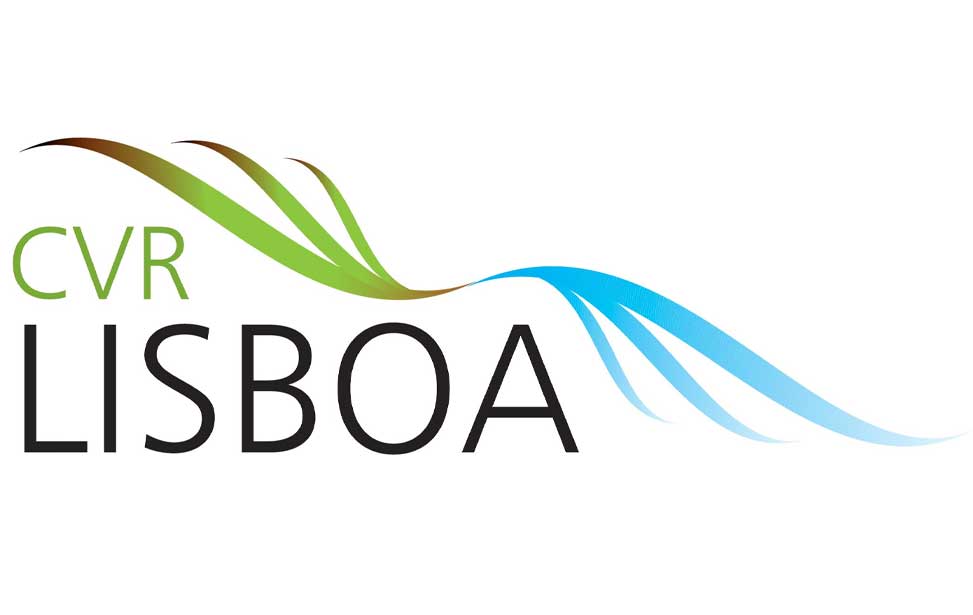
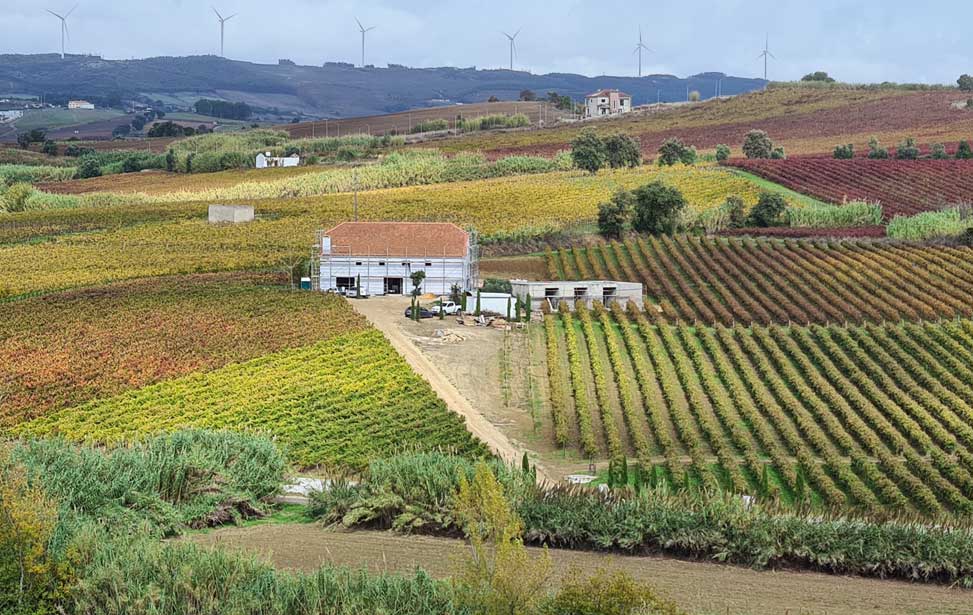
Alenquer DOC
This wine region is centred around the medieval town of Alenquer, located 45km (28mi) north of Lisbon. Alenquer produces some of the most esteemed red and white wines in the Lisboa region. The hilly nature of the terrain is protected from Atlantic winds and allow these concentrated wines to improve with age. A tannin-rich red wine made with Castelão, Alfrocheiro, Aragonês (Tempranillo) and Touriga Nacional grapes. Increasingly international grape varieties are being planted. Top Alenquer brands include:Quinta do Carneiro
Visits by appointment: comercial@qcarneiro.com | Website
Quinta do Lagarnovo
Website
Cas'Amaro
Visits: Tuesday – Saturday: 10h00 – 20h00, Sunday & Monday: CLOSED
Website
Arruda DOC
This small area on the east side of the province of the Lisboa wine region covers the municipalities of Arruda dos Vinhos, Sobral de Monte Agraço and Vila Franca de Xira. The red wine is light and fresh with good ageing properties and becomes smooth and soft. The white wine is light, fruity and racy. The wines are made from the red wine varieties Camarate, Tinta Miúda, Touriga Nacional, Touriga Franca, Trincadeira Preta, Cabernet Sauvignon and Syrah, and the white wine varieties Fernão Pires, Jampal, Vital and Chardonnay. Top Arruda brands include:Adega Cooperativa de Arruda dos Vinhos
Visits by appointment: enoturismo@adegaarruda.pt | Website
Quinta de São Sebastião
Website
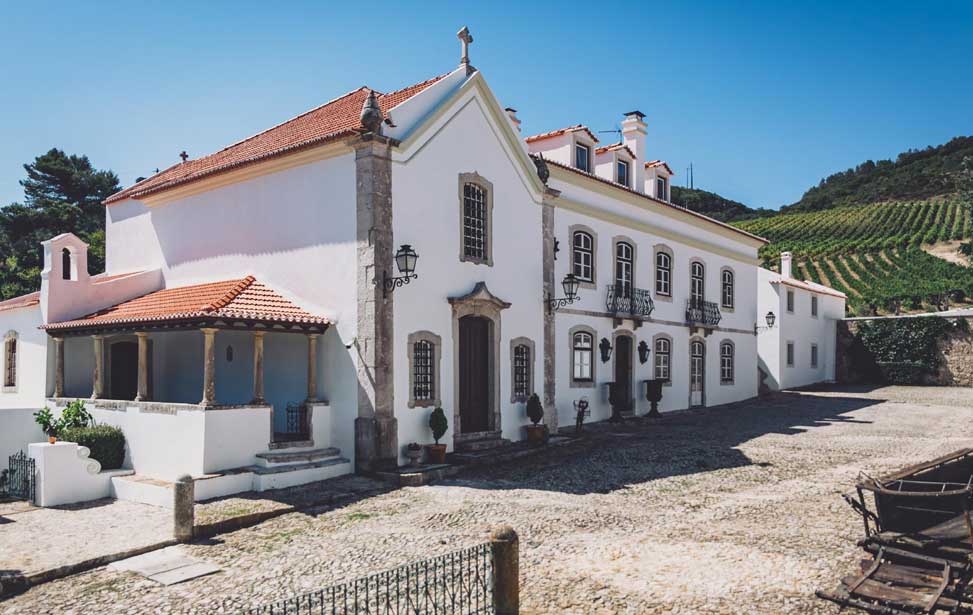

Bucelas DOC
Bucelas has a long-established history and was favoured by some of the greatest figures from the world of classic literature such as Eça de Queirós, William Shakespeare, Charles Dickens and Lord Byron. The region is located on the outskirts of Lisbon and is protected from the wilder influences of the Atlantic by the Serra de Montejunto hills, giving a drier, longer growing season. The Arinto grape is king here which thrives in the local conditions. Arinto must account for three-quarters of any blended wine, according to the local appellation laws. Bucelas is probably the area from where the wine "Charneco" originated that was consumed in England in the 14th Century. Today, the wine is greenish straw-coloured with a perfumed nose and slightly acid and dry. The light-skinned Rabo de Ovelha and Sercial grapes are also permitted in the blend. Most DOC Bucelas whites are still wines, but there is also the option of making them in a sparkling style.It is believed that viniculture in the Bucelas region originates from the Roman period and the 2, 200 years of experience in winemaking has produced something unique which, whether contested or not, ought to be drunk well chilled. Bucelos Arinto pairs very well with a plate of grilled sardines. In the town of Bucelas, there's a museum dedicated to the wine's heritage.
Museu do Vinho e da Vinha de Bucelas (Bucelas Wine and Vine Museum)
Tuesday – Sunday: 10h00 – 13h00/14h00 – 18h00, Monday: CLOSED
Rua D. Afonso Henriques, 2 e 4 (EN 16), 2670-637 Bucelas, Portugal. | 38° 54' 09.4" N | 09° 06' 20.9" W
+351 211 150 536 | museu_vinho@cm-loures.pt | Website


 Lisbon Card Discounts
Lisbon Card Discounts


